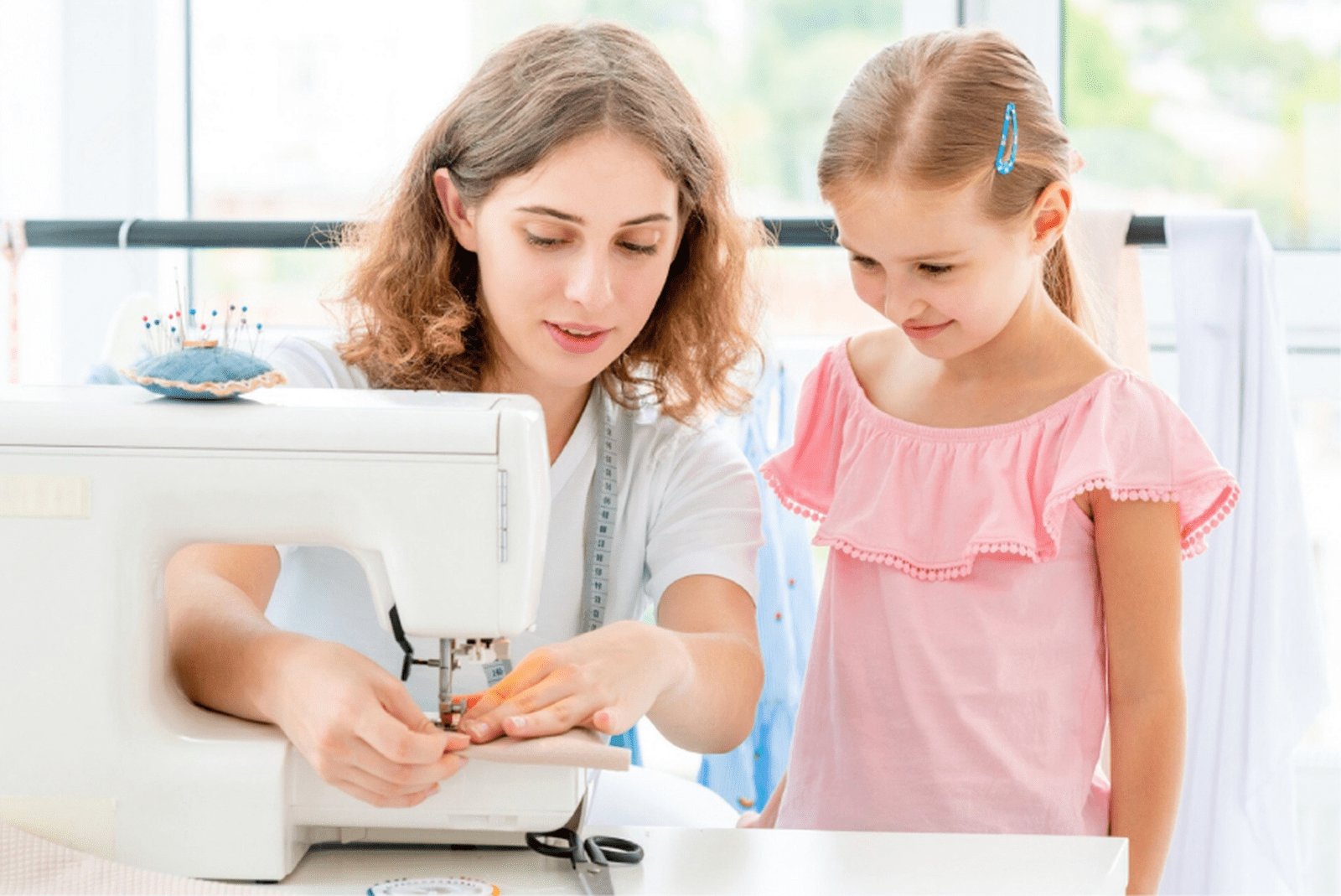History of Fashion: The Evolution of Pattern Making and Sewing
May 17, 2021
Pattern making and sewing are arts with a long and fascinating history. These skills have evolved over millennia, reflecting changes in culture, technology, and fashion trends. This article explores key stages in the history of pattern making and sewing, showing how these arts have developed and influenced fashion.
1. Ancient Times
1.1. Primitive Societies:
In ancient times, people used simple tools and methods to create clothing. Initially, garments were made from animal hides, stitched together by hand using bone needles and sinew. Simplicity and functionality were the main characteristics of early garments.
1.2. Egypt and Mesopotamia:
In ancient Egypt and Mesopotamia, pattern making and sewing became more refined. Egyptians used linen fabrics and developed techniques for dyeing and embroidery. In Mesopotamia, sewing techniques advanced with the use of various fabrics and embellishments.
2. The Middle Ages
2.1. Europe:
During the Middle Ages in Europe, significant changes in clothing occurred. Pattern making and sewing became more complex and varied. The use of new fabrics and decorations, such as velvet and embroidery, made garments more elaborate. Tailoring workshops became more common, and sewing techniques improved with the introduction of new tools and methods.
2.2. Asia:
In Asia, particularly in China and Japan, sewing techniques also evolved. In China, elaborate embroidery and unique patterns became popular. In Japan, the kimono became a symbol of cultural identity, featuring carefully designed patterns and sewing techniques.
3. The Renaissance and Baroque Periods
3.1. Renaissance:
During the Renaissance, starting in the 14th century, pattern making and sewing reached a new level. New methods of garment construction emerged, such as pattern drafting and fitting. Fashion became more diverse, emphasizing elegance and sophistication.
3.2. Baroque:
In the Baroque period (17th-18th centuries), fashion was characterized by opulence and theatricality. Sewing became even more intricate, with abundant draperies, embroidery, and embellishments. New types of clothing, such as corsets and full skirts, required advanced pattern making and sewing skills.
4. The 19th Century and Early 20th Century
4.1. The Industrial Revolution:
The Industrial Revolution brought significant changes to the sewing industry. The invention of the sewing machine in the 19th century revolutionized the sewing process, making it faster and more accessible. This also facilitated mass production of clothing and the emergence of ready-to-wear models.
4.2. Fashion of the Late 19th - Early 20th Century:
This era saw the emergence of new styles and trends. Pattern making and sewing became more standardized with the development of factory production. The rise of fashion houses and designers led to the creation of new styles and garment constructions, influencing fashion worldwide.
5. Modern Fashion
5.1. Technological Advances:
In the 20th and 21st centuries, technology continued to evolve, significantly impacting pattern making and sewing. Computer modeling, automated sewing machines, and new fabrics opened new horizons for designers and garment manufacturers.
5.2. Diversification and Personalization:
Contemporary fashion is characterized by a diversity of styles and approaches. Personalization of clothing has become a key trend, with many people engaging in custom sewing or creating their own designs. Online lessons and educational platforms, such as online art schools, provide access to learning and resources, helping individuals develop their skills and creativity in garment creation.
Conclusion
The history of pattern making and sewing is a fascinating journey reflecting changes in culture, technology, and fashion trends. From the simple methods of ancient times to modern technologies, pattern making and sewing have played a crucial role in the development of fashion and culture. Today, with the help of online lessons and educational platforms, everyone has the opportunity to explore and master these arts, continuing traditions and creating new ones.




